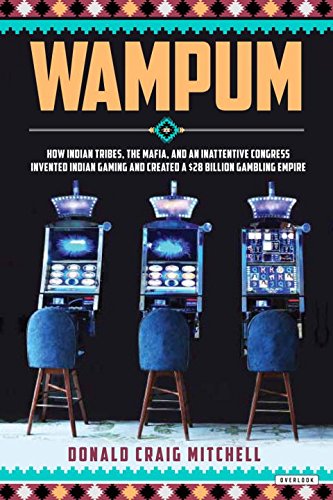Description
The never-before-told story of Indian Casinos in America
In 2015, 239 Indian tribes operated 478 casinos, high-stakes bingo halls, and other gambling facilities on Indian reservations in 28 states that collectively earned $28.5 billion in gross gaming revenue. How did Indian gambling change into this sort of lucrative and commonplace fixture of the American landscape? In Wampum, Donald Craig Mitchell tells the never-before-told story.
In 1979, the Mafia opened the nation’s first high-stakes Indian bingo hall on the Seminole reservation in Florida. Nine years later, Indian tribes were operating bingo halls on reservations in 23 states. Congress enacted the Indian Gaming Regulatory Act to subject gambling on reservations to regulation by the federal government and the states in which the reservations were positioned. But, whilst members of Congress who voted for the bill didn’t intend for it to take action, the act facilitated the transformation of Indian bingo halls into what they’re these days―Las Vegas-style casinos whose gaming floors contain more than 352,000 video slot and other gaming machines.
On Capitol Hill, Donald Craig Mitchell is a recognized expert on Indian law and history, and the only researcher who had early get entry to to the records of the committees whose members and body of workers wrote the bills that became the Indian Gaming Regulatory Act. In Wampum, he offers readers the first comprehensive take a look at the forces in Congress and inside the Bureau of Indian Affairs that have created the Indian gaming industry.
With 9 color and 9 black and white photographs













































